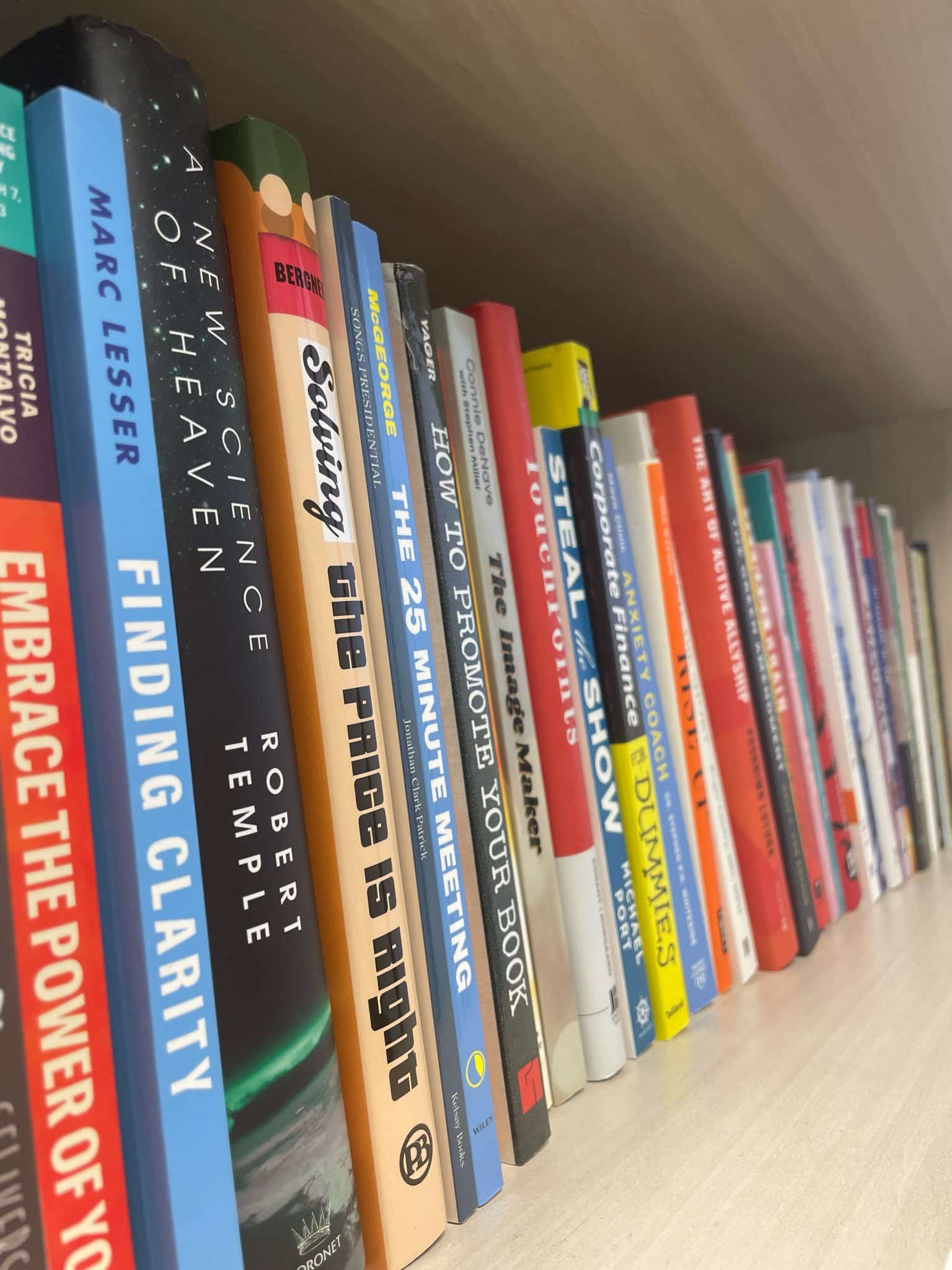Smith Myth: 4 Myths about Self-Publishing
By Andrea Kiliany Thatcher
In the often opaque and labyrinthian publishing world, self-publishing emerged as a beacon of creative autonomy. It offered authors the keys to unlocking their literary destinies. But amidst this shimmering promise, lurk shadows of misconceptions that often obscure the path to success. As aspiring self-published authors, it’s crucial to navigate through these murky waters armed with clarity and insight. Here we peel back the layers and debunk four persistent myths about self-publishing, empowering you to make informed decisions on your path to publication.
Myth #1: Self-Publishing is the Easy Way Out
Contrary to popular belief, self-publishing is not a quick fix for literary success. While it provides autonomy and control, it also demands meticulous planning and relentless effort. It is often more expensive than traditional publishing, because you are on the hook for everything from editing to formatting to production. You’re an author, project manager, marketer and publicist. Authors can have a sense that once the book is finished their job is done, this isn’t true for traditionally published authors and it’s especially untrue for independent authors. We like to say “you need to throw time or money at it.” There are a lot of tasks like planning a blog tour or submitting to publishing trade publications that you can do on your own—but it’s going to take time. Or you can hire someone, and that takes money. If you’re self-publishing, you have to be ready to throw time and money at your book to make it successful.
Myth #2: Self-Publishing Bypassed the Editing Process
The slowness of traditional publishing, due in large part to the editing process, is a reason some authors would prefer to go the self-publishing route. In reality, self-published authors invest in professional editing services to ensure the quality of their work. They also often use a network of volunteer or paid Beta Readers as well as paid sensitivity readers. Then there are developmental edits and line edits. You don’t absolutely have to do all of these things, but they will make the project stronger and more marketable in the end. Some trade publications, when they do accept self-published books at all, require the book to be professionally edited in order to consider it. By debunking this myth that they’re “skipping the long editing process,” authors can prioritize the crucial step of editing to polish their manuscripts to perfection.
Myth #3: Self-Published Books Lack Quality
The misconception that self-published books lack quality is outdated and unfounded. We’ve all read a manuscript or self-published book and wondered why an agent or publisher didn’t grab it up. We’ve also read traditionally published books and wondered how they ever got released. With access to professional services and tools like those mentioned in the myth above, self-published authors can produce books of exceptional quality. Consider the example stereotype that self-published books have inferior covers. In truth, savvy authors invest in professional cover designers to create eye-catching covers that rival those of traditional publishing houses. There was a time we could spot a self-published book cover a mile away. Not so in 2024. There are many, many self-published projects that cross our desks that have all the quality in editing, formatting, cover design and author branding that we would expect from traditionally published books.
Myth #4: Self-Publishing Guarantees Instant Success
In the age of instant gratification, the myth of overnight success in self-publishing (and traditional publishing!) is pervasive but unrealistic. Success in self-publishing requires strategic planning and long-term commitment. It is unfortunately a myth that “a good book sells itself” or “the cream rises to the top.” Behind every “overnight success” you’ll actually find a long history of effort, accolades and brand building. Successful authors understand the significance of building a strong author platform and engaging with their audience to drive book sales. You may get to keep more of your profits by self-publishing, but if you’re selling fewer books because you don’t have a distribution network, marketing budget, time to devote to promotion, and the industry power of a publisher, then you’re just getting a larger percentage of a much smaller pie. By challenging this myth, authors can implement effective marketing strategies to reach their target readers and achieve sustained success.
As you embark on your journey as a self-published author, it’s essential to separate fact from fiction to make informed decisions and maximize your chances of success. By debunking practical myths about self-publishing, you can prioritize essential aspects of the publishing process, such as editing, cover design, marketing, and publicity. And if you’re hungry for more insights and guidance on mastering the art of self-publishing, I invite you to subscribe to the Smith Publicity newsletter. With a wealth of resources and expert advice at your fingertips, you’ll be equipped to navigate the ever-evolving landscape of self-publishing with confidence and grace.
Andrea Kiliany Thatcher is the Publicity Manager of the Arts & Entertainment team at Smith Publicity. Andrea has a long relationship with the independent bookselling community having been a bookseller and social media manager for several bookstores. She has contributed to content and spoken on various panels and workshops on marketing and publicity for the American Booksellers Association, Rosemont University’s Publishing Program, Book Expo America, New York ComicCon and Firebrand Group. She also has experience as an in-house marketer at an independent book publisher. Prior to her career in publishing, Andrea was a journalist. This helps her bring a valuable perspective to how authors can best connect with the media to attain coverage. She has partnered with publishers such as Harper Collins, Penguin Random House, Hachette Book Group, Mayo Clinic Press, Cambridge University Press, Wattpad, Montlake, and Amazon Publishing. Andrea’s authors have been featured in Publishers Weekly, The Washington Post, The Wall Street Journal, The L.A. Times, The Guardian, People, Harper’s Bazaar, Vogue, PopSugar, Buzzfeed, LitHub, and Book Riot. Andrea lives in North Carolina with her husband and son, and enjoys reading, art and playing clarinet with a local ensemble.
